



|
|
|
 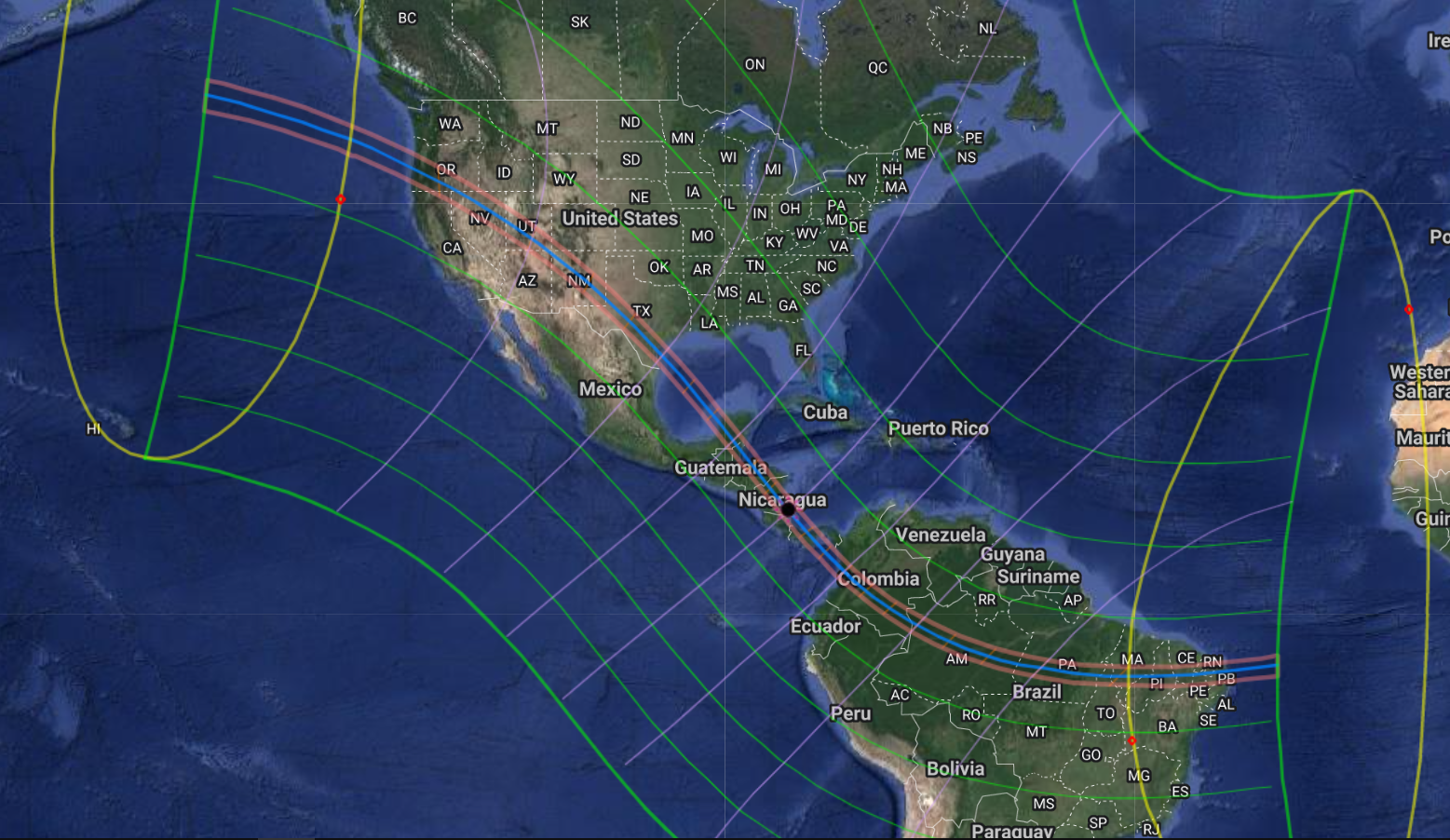 Eclipse viewers from sunrise in the northwest U.S., through eight states then Central America and ending at sunset in eastern Brazil will have the opportunity to witness the 'Ring of Fire' annular eclipse seen on this Xavier Jubier map. Crater Lake National Park in Oregon and the International Balloon Fiesta in Albuquerque, NM, are two prime locations to view this solar eclipse. A breathtaking vista of hundreds of balloons for a spectacular eclipse! 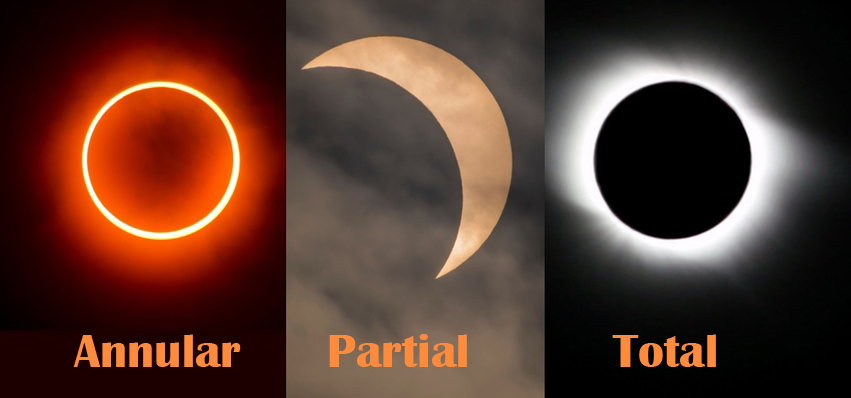 There are three basic types of solar eclipses - Total, Partial and Annular - and although annular eclipses may not be as dramatic as the "cloak of eerie darkness" during a total solar eclipse, annular or "Ring of Fire" eclipses do have there own drama and are definitely spectacular! Annular eclipses occur when the sun, moon and earth are in alignment, but the moon is too far away from the earth to completely cover the the disk of the sun, thus leaving a "Ring of Fire" in the sky. Because the sun is never completely covered, like during a total eclipse, you must wear eye protection and use camera filters for the entire eclipse cycle. Looking at the sun without eye protection can cause blindness. On October 14, 2023, people in the Southwest United States will experience an annular eclipse that will cover 89.59% of the sun. The coverage is referred to as 'obscuration' in astronomy lingo. The centerline of this annular eclipse bisects the city of Albuquerque, NM, (see below) and by pure coincidence, the eclipse coincides with the annual Albuquerque International Balloon Fiesta (AIBF) held in Albuquerque. As many as 1,000 balloons invade the city from the first Saturday in October for nine breathtaking and spectacular days each year (Oct. 7-15 in 2023).
If you go, you are hereby on notice to NOT wear or carry anything with zebra stripes (Especially not a referee's shirt!!). You've been warned and you'll be sorry if you don't heed this advice. The AIBF is definitely much bigger and quite unlike virtually every other hot air balloon gathering in the world. There are huge balloon glows at sunrise as well as sunset, special-shapes-only glows and events, the Americas's Challenge gas balloon race inflation and launch to parts unknown, mind-blowing both morning and afternoon mass ascension balloon launches, hot air balloon competitions, fireworks every night and plenty of crafts and exhibits to keep everyone busy. The balloon fiesta is the fastest nine days ever. Once upon a time it was sponsored by Kodak and was one of the most photographed annual events on earth. That could have been marketing ploy, though. The most unique aspect of the AIBF, and probably why it has grown so large is the fact that Albuquerque has "The Box."
"The Box" is a phenomonen caused by a combination of wind patterns influenced by the local terrain so when the go-where-the-wind-takes-you balloons launch and gain altitude, they move northward, but by lowering the altitude of the balloons, they begin to move southward, back to where they launched.
Hot air balloons in other locations are great for a minute or two after they take off, but then they're gone! Not in Albuquerque. The balloons go up then northward, then back down and southward, and continue the cycle until most eventually - when their fuel runs low - land at the huge balloon fiesta field from where they launched.
So when hundreds of balloons launch simultaneously, then the next crews launch hundreds more balloons and there are more after that - AS MANY AS A THOUSAND in a mass ascension (which happens like a well-oil ballet) - they all pretty much stay together in the sky until the first launch wave gets low on fuel and lands. Eventually they all do, but oh what a site!
Add to that the Saturday morning Annular Eclipse "Ring of Fire" in 2023 during the morning mass ascension and that breathtaking vista becomes maybe more surreal than a Salvador Dali painting.
There is better than a 95% chance the weather in Albuquerque, with its almost-cobalt blue skies, will be perfect for balloons AND AN ANNULAR ECLIPSE to boot!
I can't wait to see the photos! Oh, and say 'Hello!' to any zebras you may see!
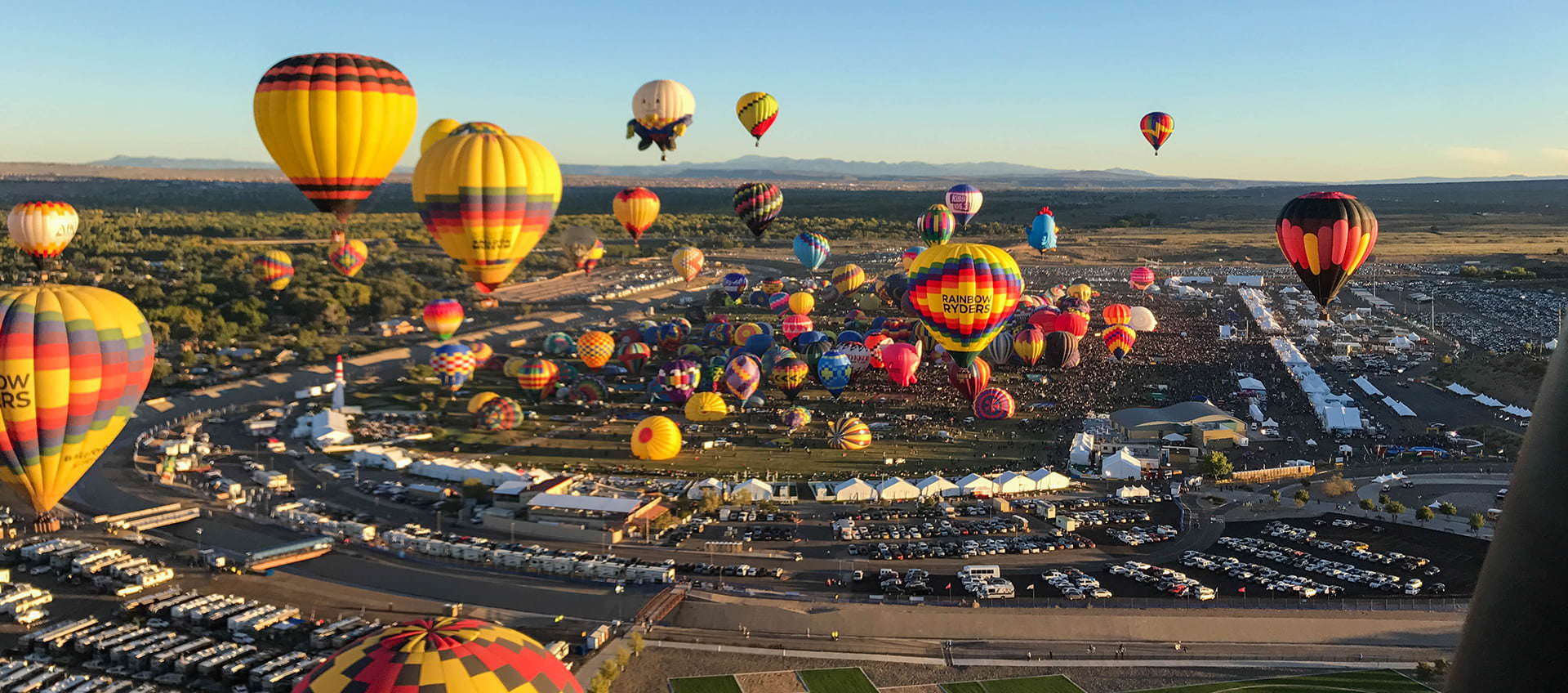 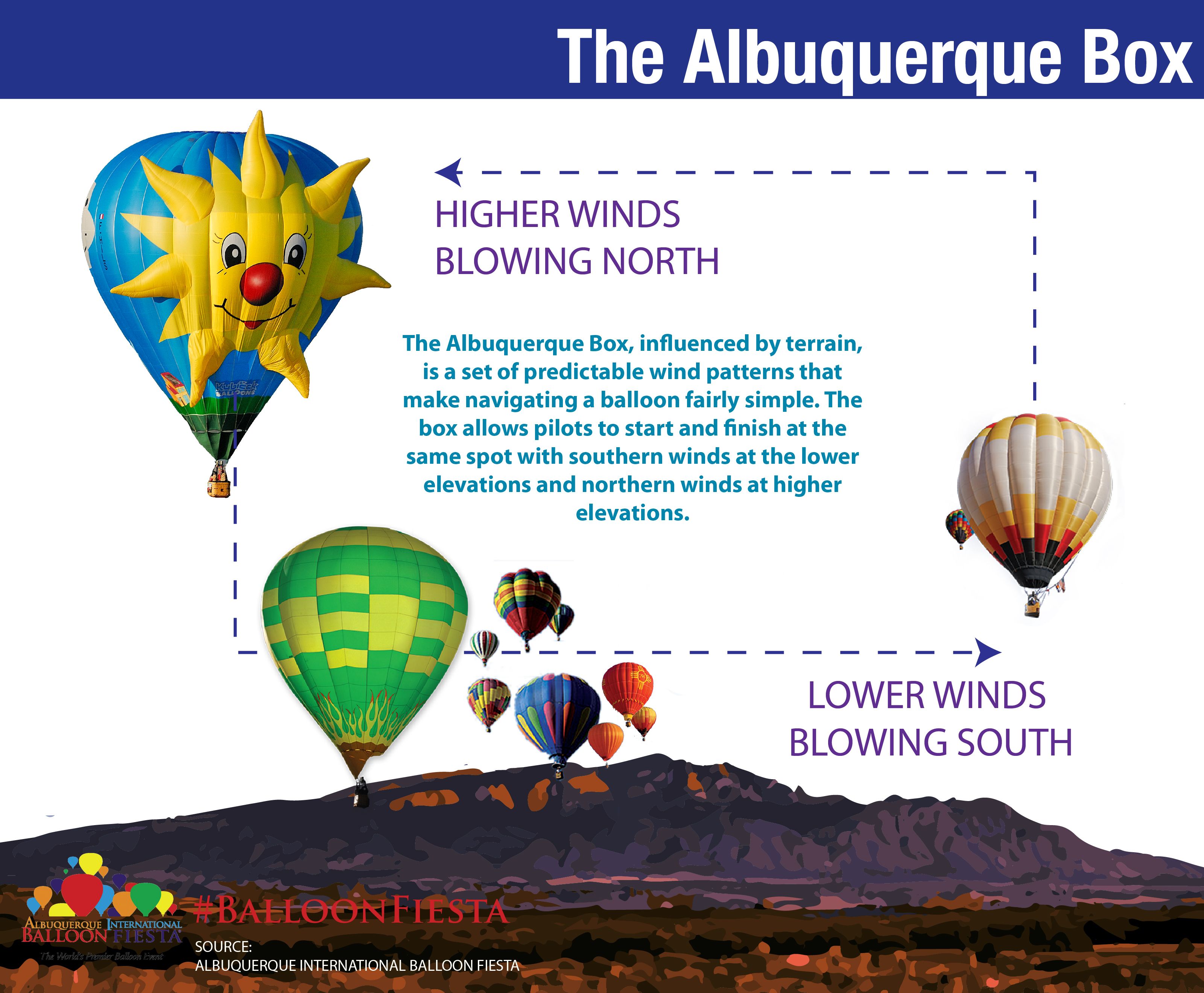  |
|
 |
|
 |
|
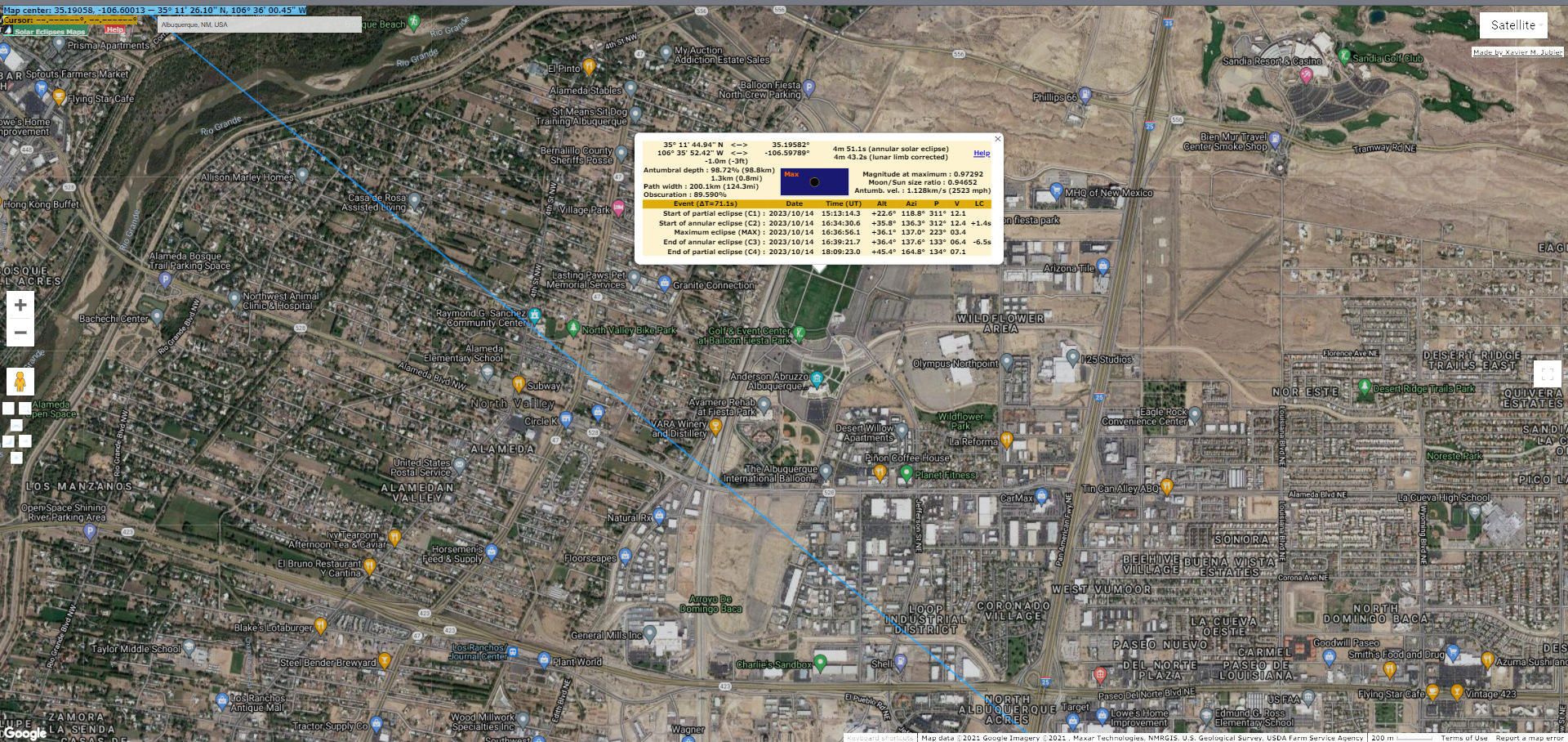 You have to subtract 6 hours from UTC time to get MDT. |
|
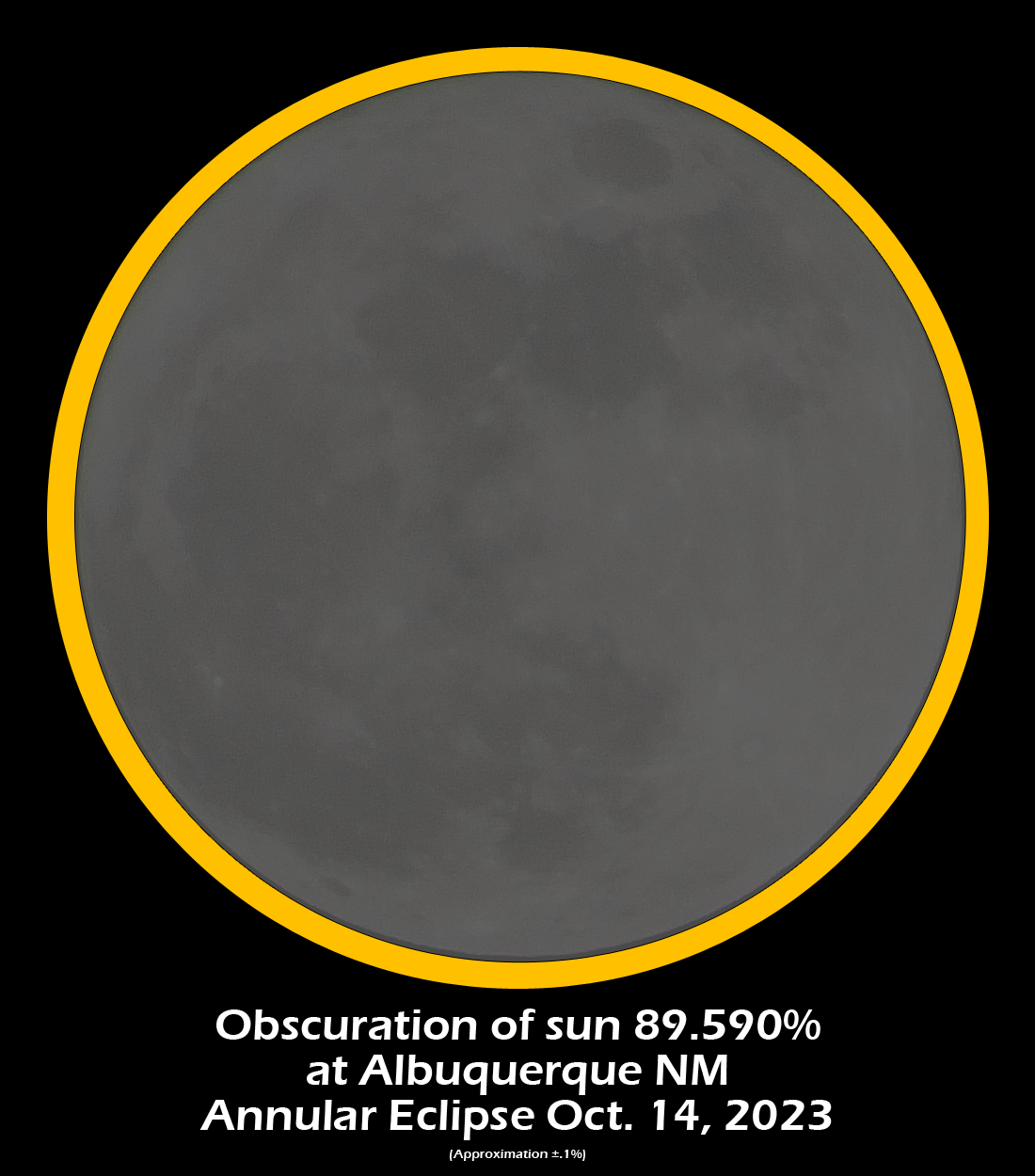
|
|
 |
|
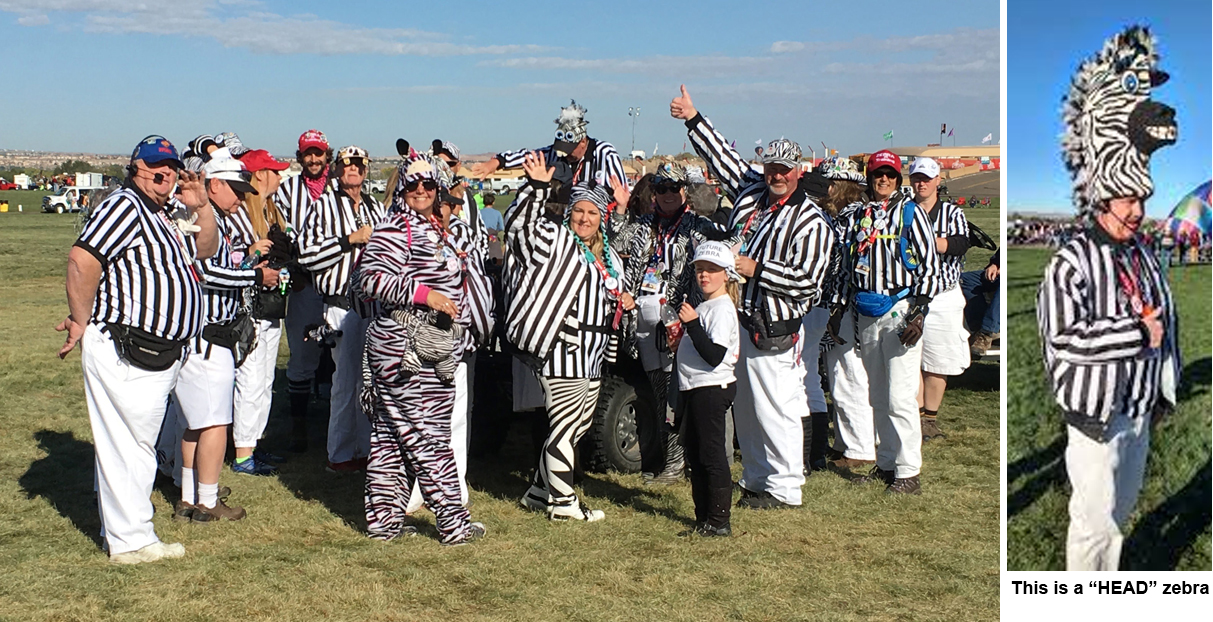 Always listen to the "Zebras", they're the bosses, they're your friends. Say "Hi!" |
|
 |
|
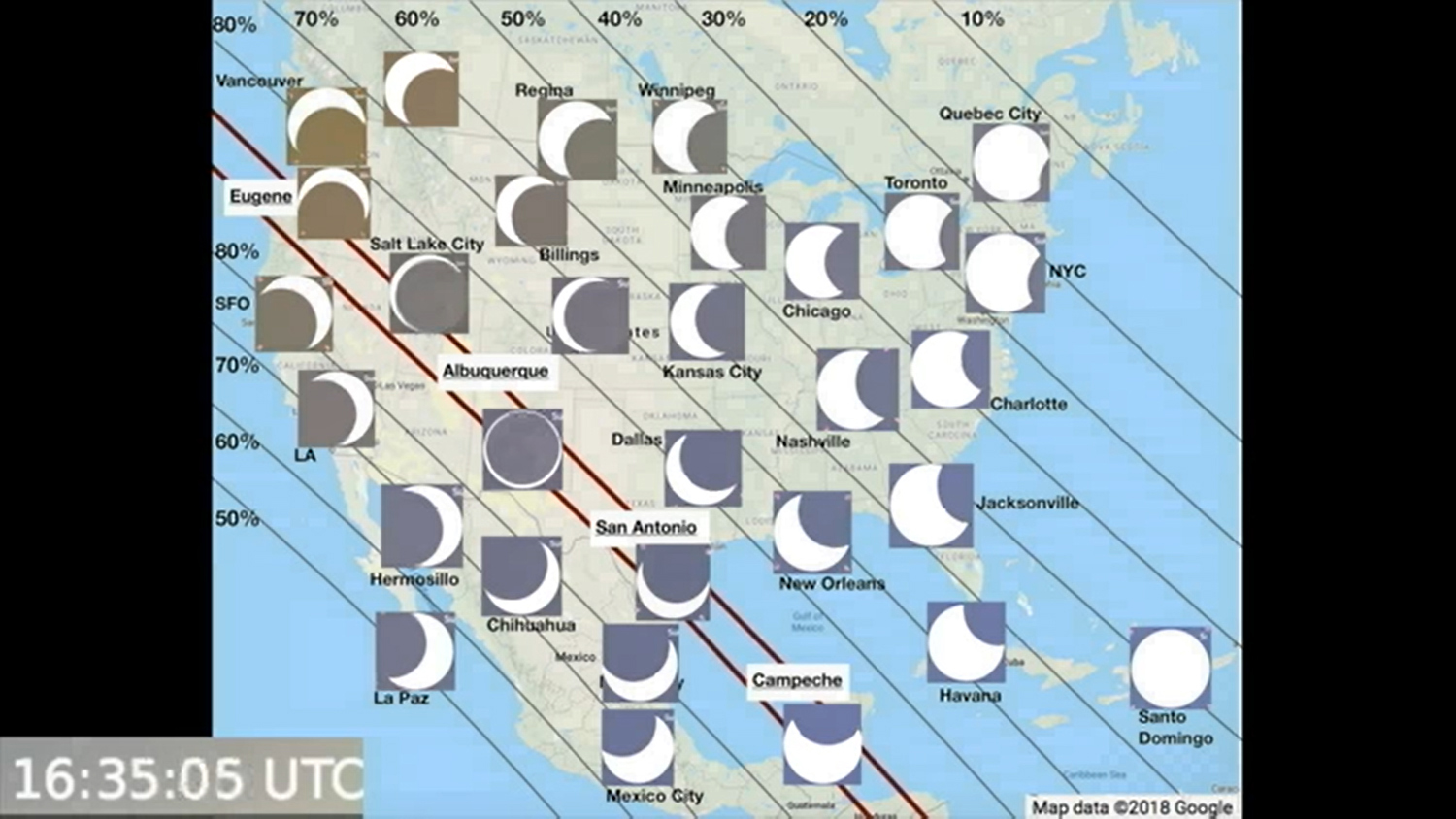 St. Louis will see a partial eclipse of about 53% coverage. If you don't go to Albuquerque, here's a link for details at your location. CLICK HERE Find your location and click on the map to see your details. You must subtract 5 hours for CDT. Here are the details for Madison. If you live within 30 miles, yours won't be much different. Starts about 10:32, Maximum at 11:57ish, Ends at 1:27 p.m. 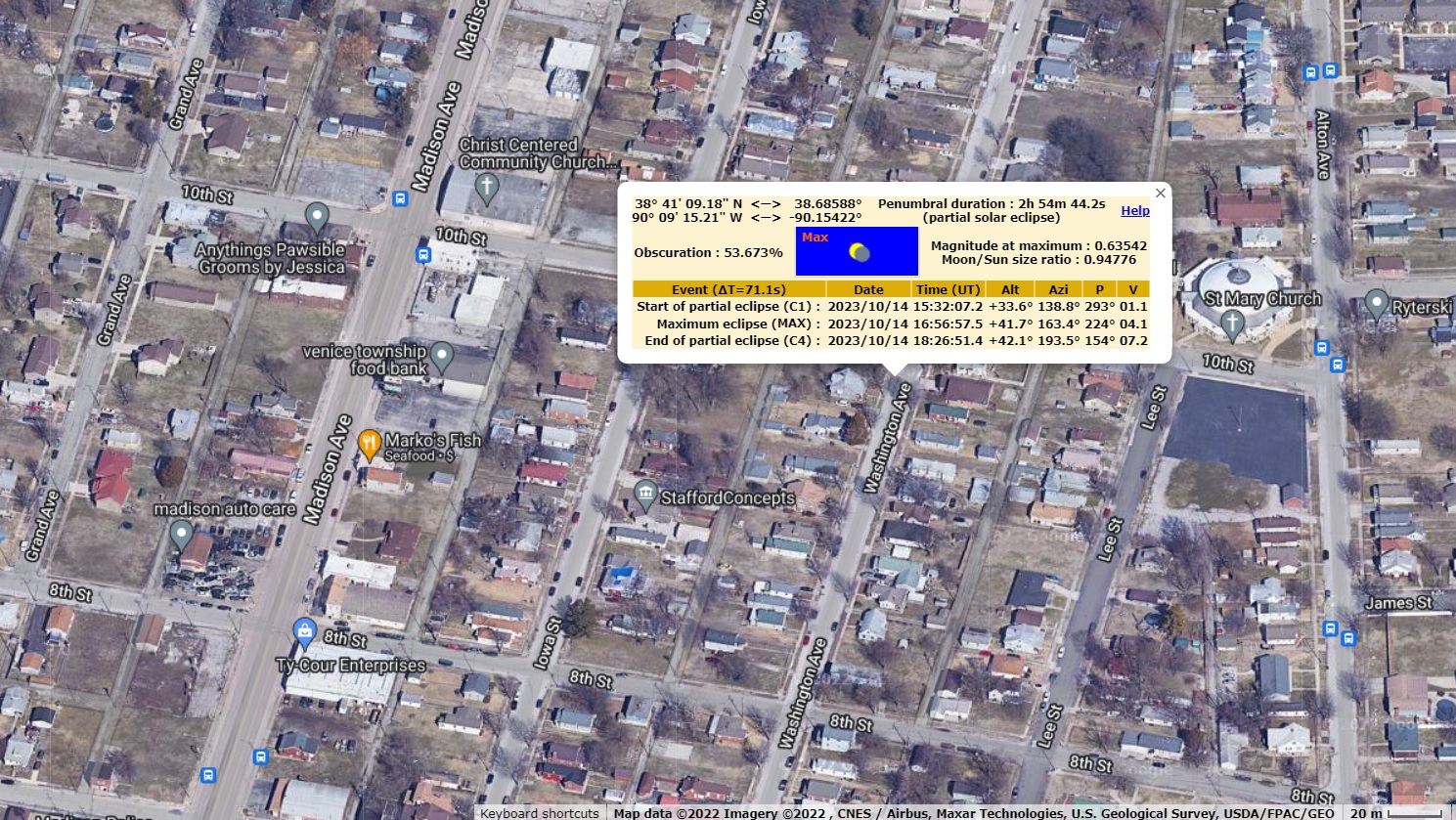 Here is approximately what will be seen in the St. Louis metropolitan area at the peak of obscuration. 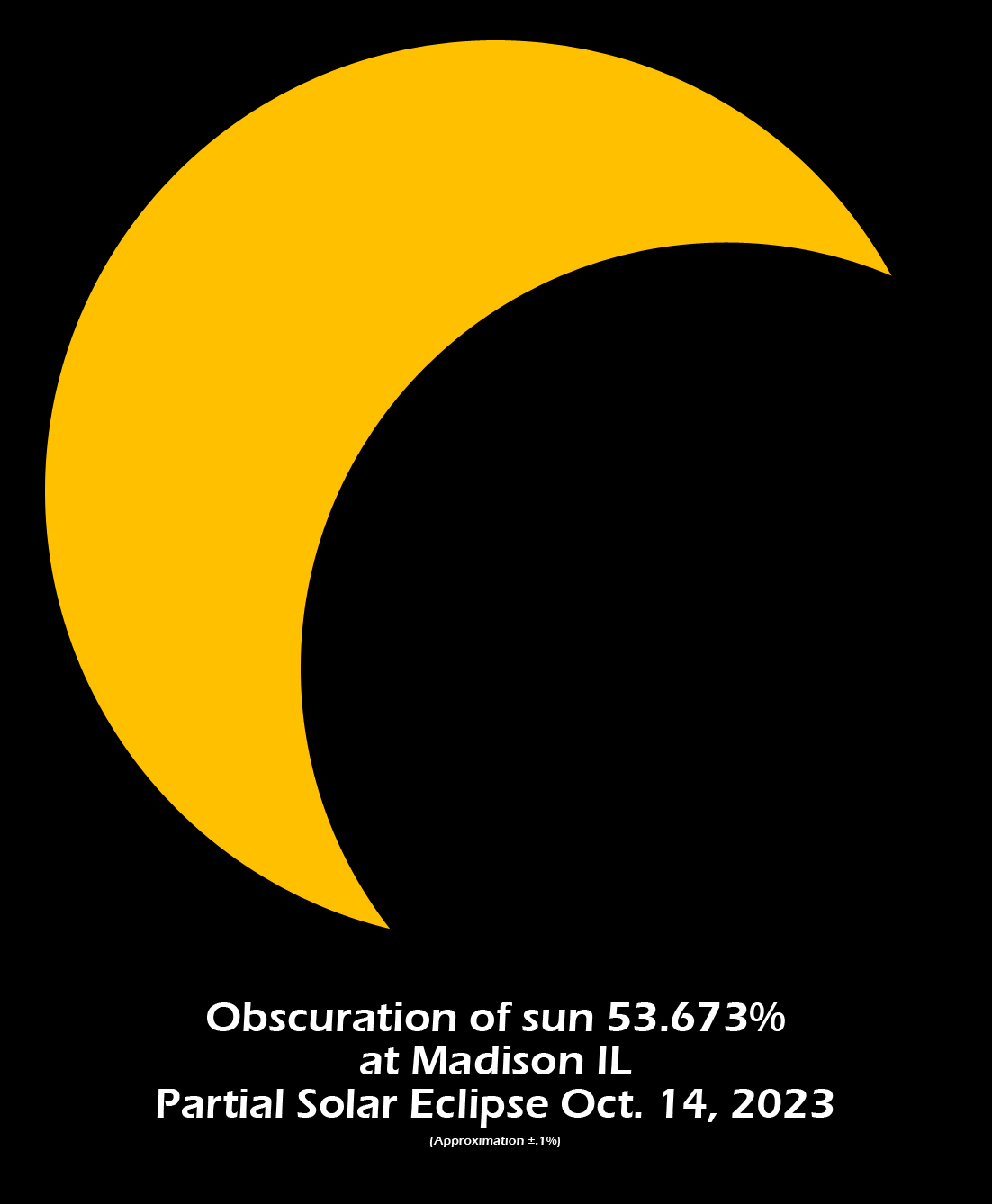  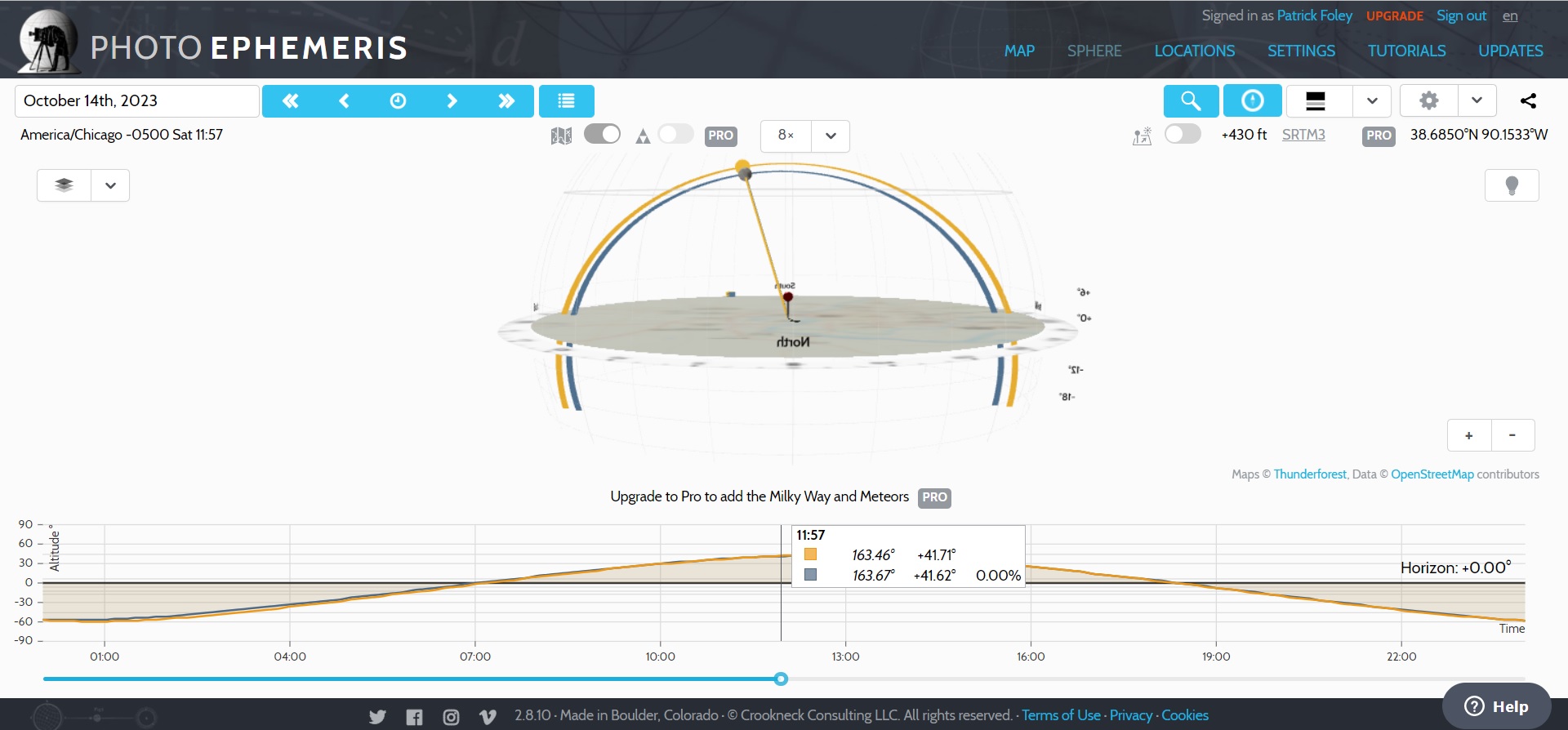 Here is where the partial eclipse will reach its maximum as seen from Madison
Here is where the partial eclipse will reach its maximum as seen from Madison |
|
